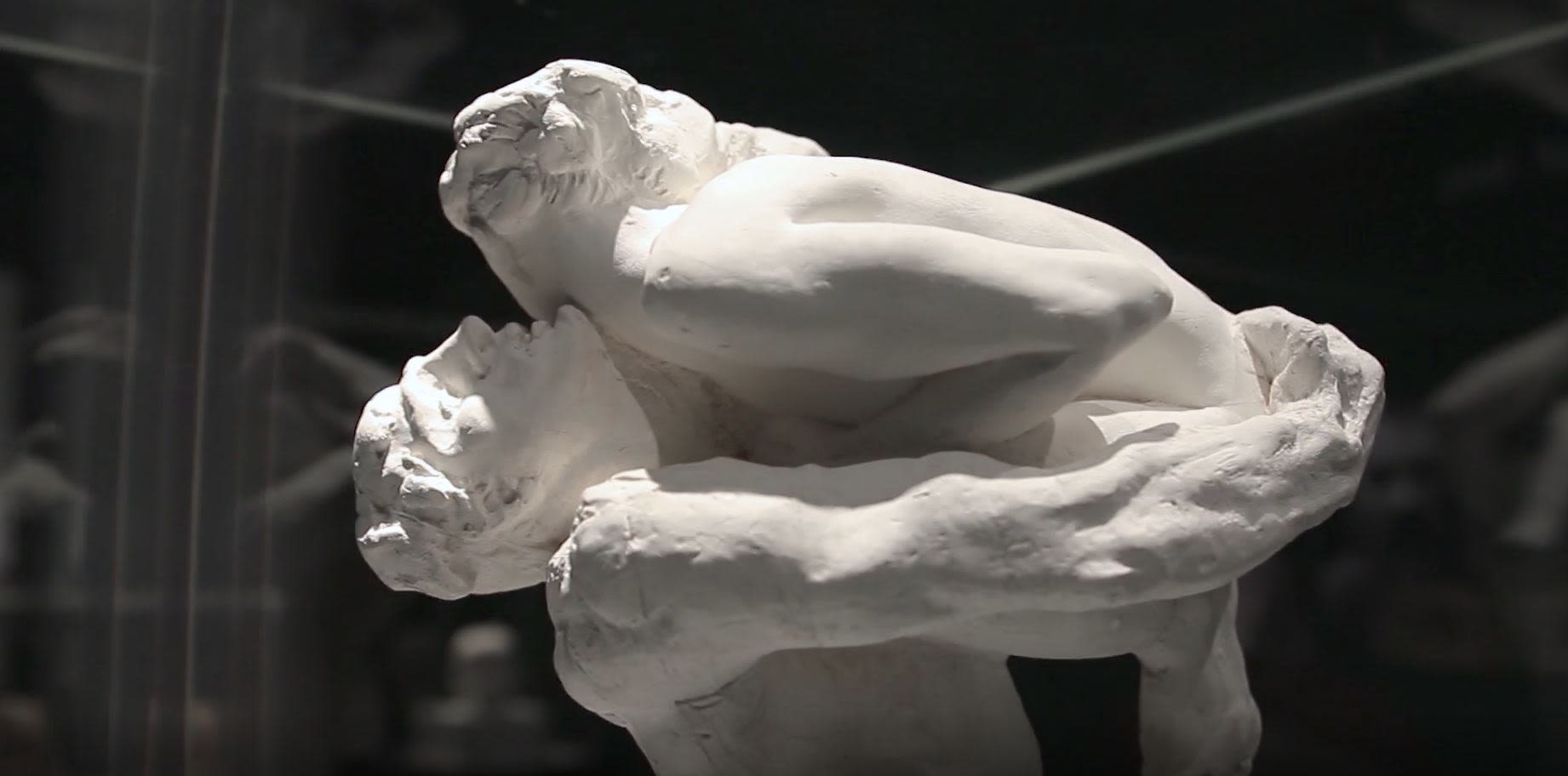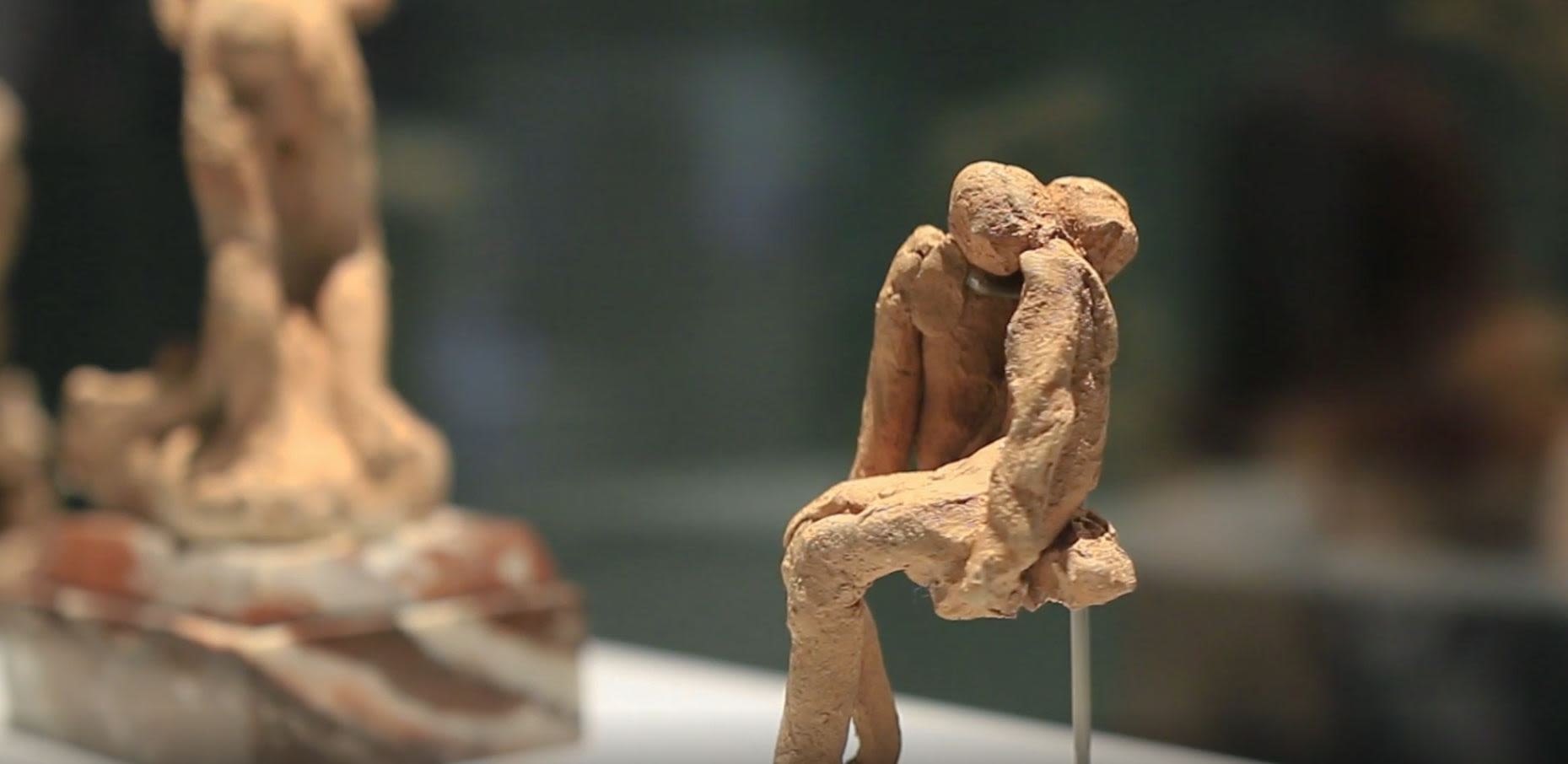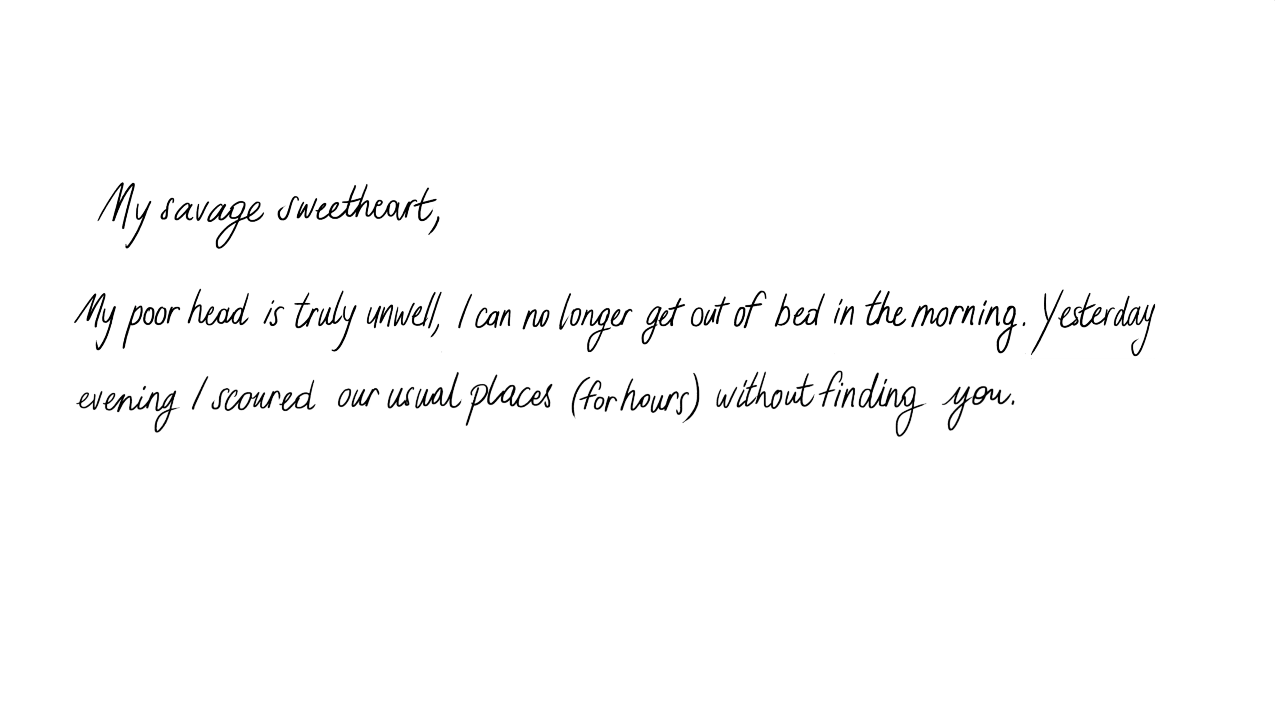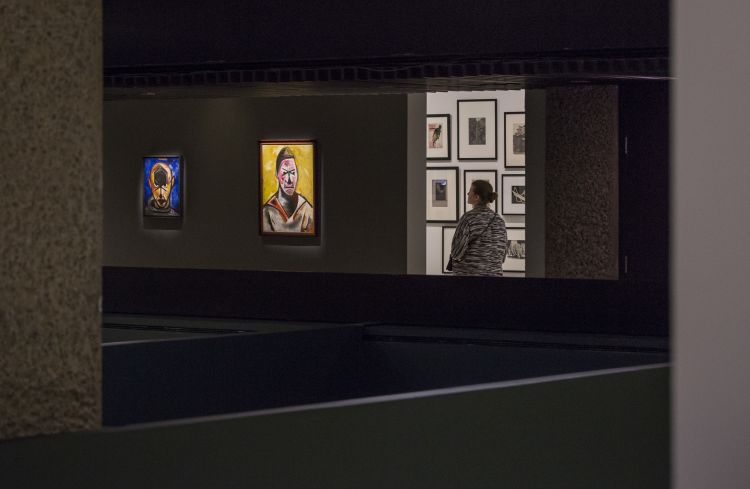Modern Couples:
Camille Claudel &
Auguste Rodin
(1882-1893)

‘I express in a loud voice what all artists think. Desire! Desire! What a formidable stimulant.’
Auguste Rodin

More than any of his contemporaries, the French sculptor Auguste Rodin (b. France 1840-1917) knowingly placed eroticism at the centre of his work. As his lover, pupil and muse for ten years, the French sculptor Camille Claudel (b. France 1864-1943) played a significant role in shaping this legacy, assisting Rodin in his major projects and state commissions and inspiring some of his most passionate work. The pair worked side by side in the studio and their sculptures clearly show mutual influence and synchronicity, announcing a new kind of creative exchange within an artistic relationship.

Claudel was born on 8 December 1864. She began experimenting with clay from a very young age and by eighteen, she had already benefited from the guidance of the sculptor Alfred Boucher. When Boucher was called away to Italy, he asked Rodin to oversee Claudel’s work in his absence. Their first meeting was therefore distinctly artistic and professional in character and they quickly bonded over a shared love of the craft, the foremost passion in their lives. From then on, the talented student joined Rodin’s studio – this dusty, labour-intensive place of creation – which inexorably led to her becoming his collaborator, mistress and muse.

Dating from when Claude and Rodin first met, Je suis belle [I am Beautiful] (1882) pairs two previously existing works and expresses the artist’s feeling of sexual prowess with characteristic bravura. Grafted together, this composite of female and male figures is now one of joyous abandon.

At the height of their passion, side by side in Rodin’s workshop, they sculpted a series of delicately entwined bodies, folding and kneading soft tubular lumps of clay, pressing form into form, each figure holding, supporting and nestling one into the other. Rodin’s study on display was for his most famous work, The Kiss (1882), while Claudel’s terracotta sketches were for Sakountala (1886-89), her own version of an ecstatic embrace.
Both also made poignant portraits of each other. Claudel’s portrait of her lover, dating from 1888–89, brings Rodin into being for us. It eschews any kind of heroics so that we feel we are meeting the man she loved rather than the genius sculptor who dominated the turn of the century.
The development of Rodin’s artistic practice undoubtedly owes much to the couple’s relationship. The growing, and overwhelming, sensuality of his figures –in his drawings and sculptures – was greatly enhanced by his fulfilment in love. Freer, Rodin set off in a bold exploration of the female form.

After ten years filled with passionate love, work, uncompromising exchanges, misunderstandings and mutual disappointments, Claudel ended their relationship in order to devote herself exclusively to her own career.
She continued to pursue a new direction in her own work until 1905, but their final break-up and her precarious financial situation aggravated her mental health. At her family’s request, she was incarcerated in 1913 and passed away after 30 years of solitary exile.


Modern Couples: Art, Intimacy and the Avant-garde
10 Oct 2018–27 Jan 2019
Explore modern art and modern love; Modern Couples reveals how relationships can become a playground for creativity.
Events
The exhibition will be accompanied by a public programme including curator tours of the exhibition and talks exploring couples and creativity.
Watch the exhibition trailer:
Illustrations by Estine Coquerelle @estine.coquerelle
Estine Coquerelle is a 23-year old illustrator based in France.
Photo: Modern Couples: Art, Intimacy and the Avant-garde. Installation view © John Philips / Getty Images


